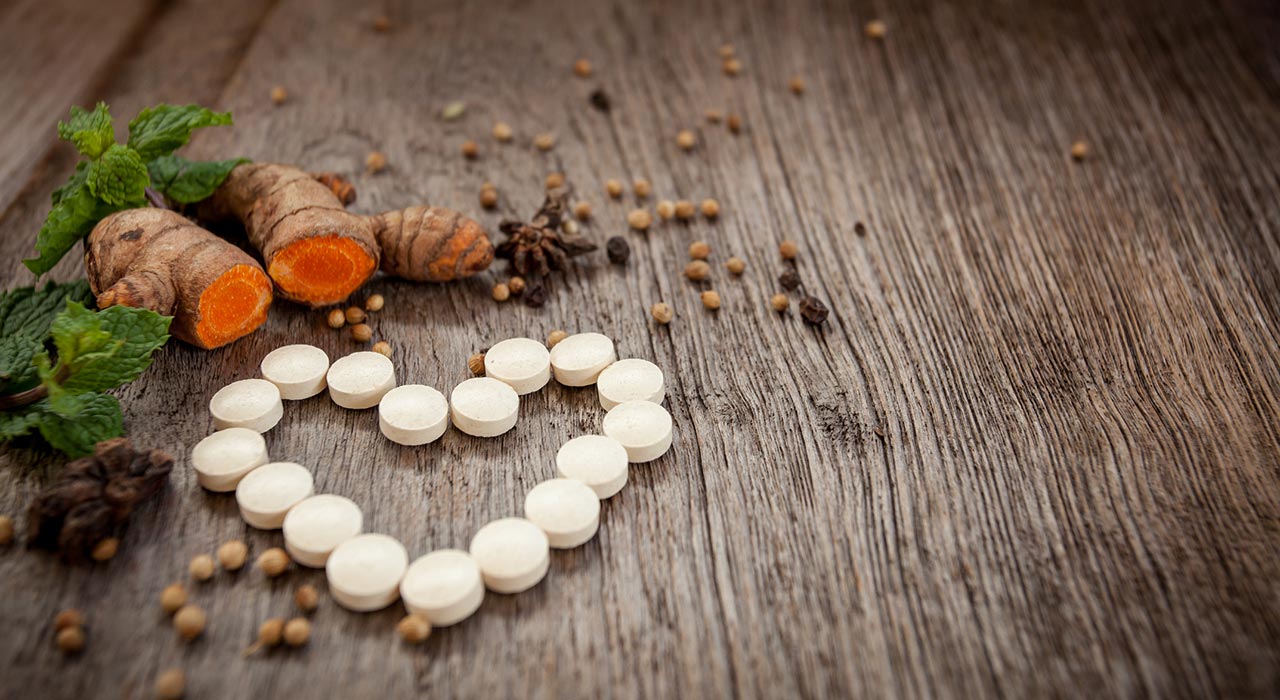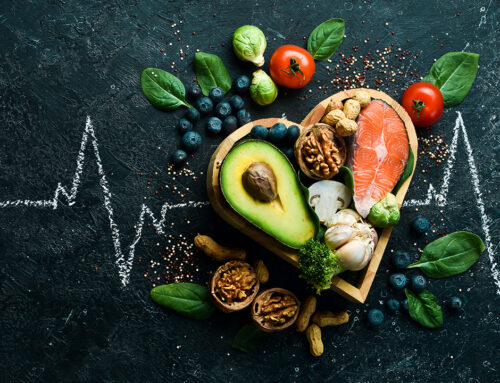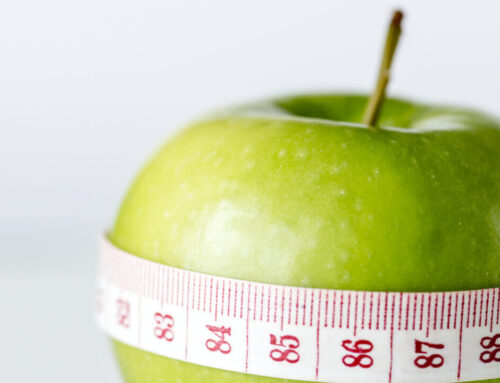We tackle the four most ferocious killers of men and show you the foods that prevent disease. Here’s how to eat your way to a fighting chance of survival against deadly diseases while improving your athletic performance.
Your nutritionist Matt Lovell is a sports nutritionist to British Olympians, personal trainer and Kinetica Sports brand ambassador.
Disclaimer: Please do not use this information in place of your Dr’s advice if you have or are prone to disease. This article is for informational purposes only and not intended to replace your Dr’s advice
Foods that prevent disease
Power up your heart
With heart disease, plaque builds up on the artery walls and causes blockages in the blood supply, which can lead to the death of the heart muscle. These blockages also lead to strokes in the brain. Watch out for cholesterol-rich foods (animal fats, processed meats and carbs) and anything that’s been burned.
Load up on antioxidants
Lower your body’s oxidation levels by eating more antioxidant-rich foods like blueberries, cranberries, blackberries, strawberries and raspberries. Also, go heavy on all herbs and spices like turmeric and oregano.
Athletic benefits: improved consistency
Supplementing with antioxidants won’t increase your performance but eating foods rich in them will help reduce athlete oxidative stress. That will keep your training more consistent, found research in Critical Reviews in Food Science and Nutrition. Make sure you eat one or two servings a day.
Drink plenty of green tea and decaf coffee
These drinks help prevent excessive oxidation and help protect against cancer-forming cells from developing in the body.
Athletics benefits: faster fat burning
Green tea is a solid bet. Research in the American Journal of Clinical Nutrition found that green tea extract stops you from absorbing fat and causes you to oxidize (burn) more body fat. An awesome disease-fighting nutrient
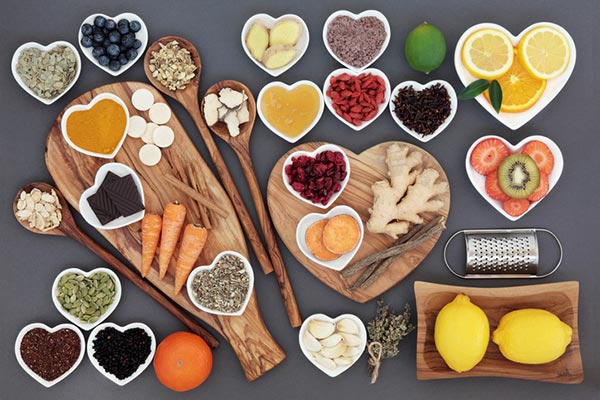
Fight cancer
Lowering inflammation in the body is an important step in preventing modern diseases such as heart disease and cancer.
Strike an omega balance
The best way to fight inflammation is to eat more omega-3-rich fats and less omega-6 fats. Omega-3 fats occur in high amounts in oily fish, omega eggs, linseeds, walnuts, seaweed and chai seeds. They really are one of the best foods that prevent disease.
Athletic benefits: better exercise recovery
Chai seeds have up to eight times more omega-3s than a salmon steak. These fatty acids have huge anti-inflammatory properties that make them an excellent recovery tool for your squat- ravaged legs.
Swap trans and hydrogenated WAP trans and hydrogenated fats for unsaturated fats
These are found in processed foods like potato chips, ready meals, and fast-food restaurants. They can oxidize easily and are also known contribute to cancer-forming processes in the body.
Athletic benefits: a healthier body weight
Why not switch to trans-fat-free foods such as avocados. Not only are they rich in just about every mineral and vitamin, they are also loaded with unsaturated fat. Research in Diabetes found that people with a diet that was high in this type of fat had the least abdominal fat.
Strike off strokes
Keeping your blood pressure low is key to helping prevent both heart disease and strokes. Foods that can help blood- pressure reduction are beetroots, green tea, fish oils and dark chocolate.
Choose foods high in salicylates
Salicylates are plant hormones found in certain fruits and vegetables. There are more of them in organic produce. They keep the blood thin in the same way that aspirin works and may also help control inflammation. These include foods such as currants, dates, oranges, pineapples, chillies and endive.
Athletic benefits: faster exercise recovery
Research in Medicine and Science in Sports and Exercise discovered that a compound called bromelain that’s found in pineapple actually accelerates the post- exercise healing process. It doesn’t taste half bad either.
Eat more B vitamins
Some people have higher levels of an amino acid called homocysteine that can increase a risk of stroke. You can check for this with a blood or gene test to see if you need more support along this pathway. However, it’s wise for everyone to regulate their homocysteine levels by eating foods with more B vitamins.
Athletic benefits: more exercise energy
These vitamins are essential to your energy levels. Without them, your training is likely to be as limp as month-old lettuce. Find them in foods such as eggs, leafy vegetables, asparagus, banana and liver.
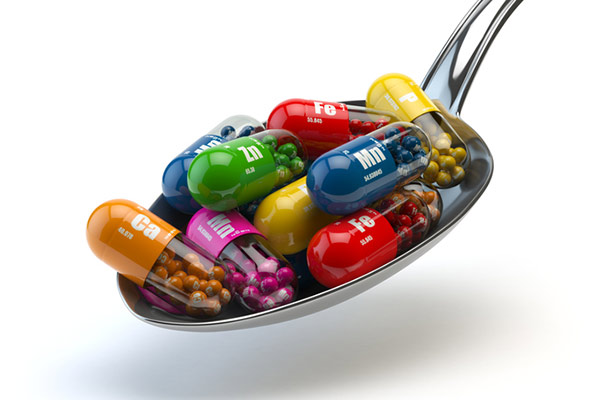
Lung and liver health
Preserving liver and lung health means you need to lower your total exposure to toxins.
Load up on watercress
This contains lung protective nutrients and its peppery taste makes it perfect for eating as part of a sandwich, in a stir-fry or in a soup.
Athletic benefits: recover faster
Most blokes think of watercress as nothing more than an annoying side to your plate. Before you brush it off, consider that research in the British Medical Journal of Nutrition recently found that antioxidant-rich watercress could alleviate the natural stresses put on your body by a tough workout. Be sure to include it as part of your post-workout meal.
Add milk thistle to your breakfast choices
Milk thistle is the herb of choice for long-term liver protection, survival and regeneration. Take it as a supplement or add it to muesli.
Athletic benefits: better fat burning
When your liver is functioning at full capacity that takes the strain off your kidneys, optimizing your body’s ability to burn more fat during training.
For more tips about foods that prevent disease, transformations, nutrition tips, workouts and supplements, get TRAIN magazine direct into your inbox every month for free by signing up to our newsletter


